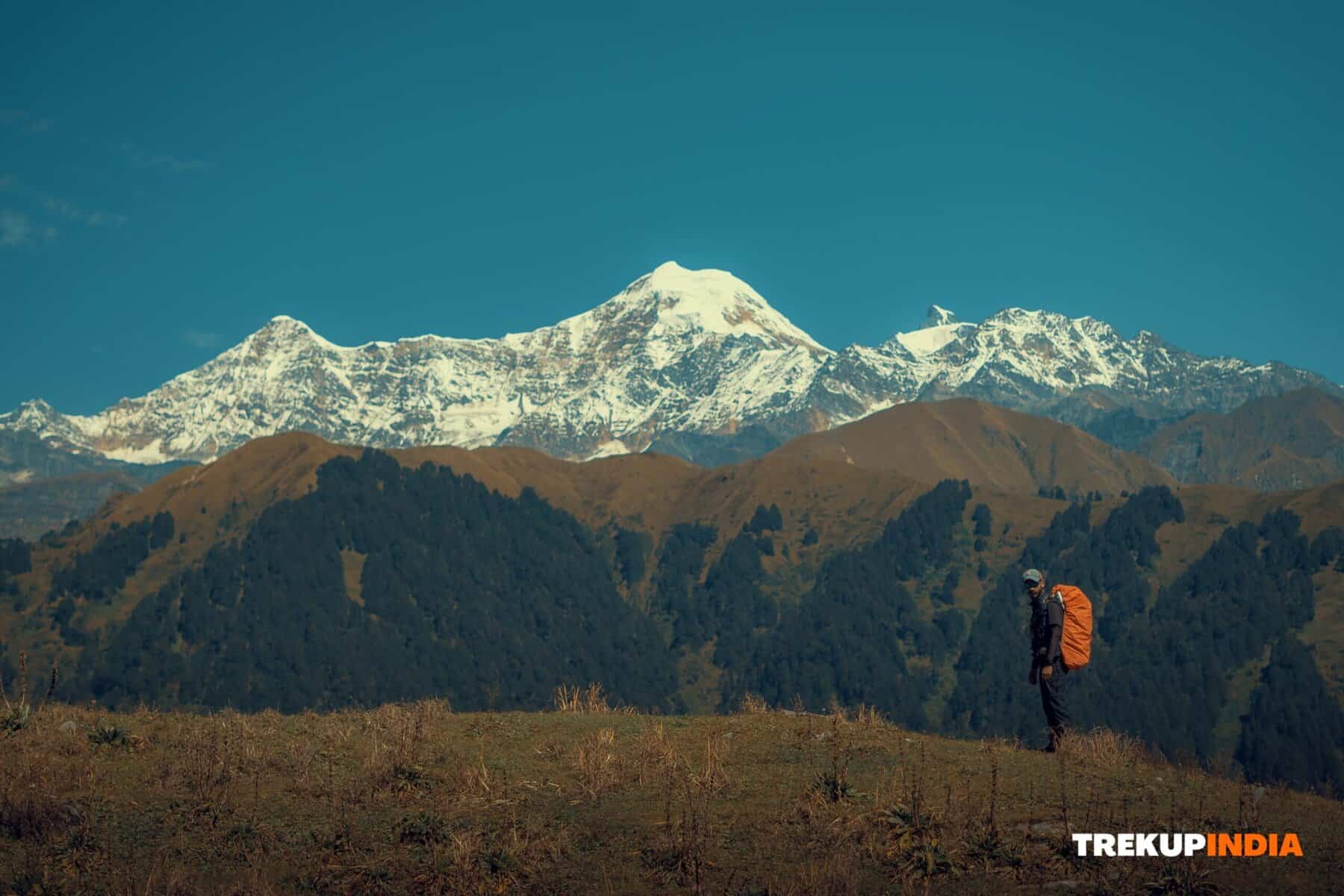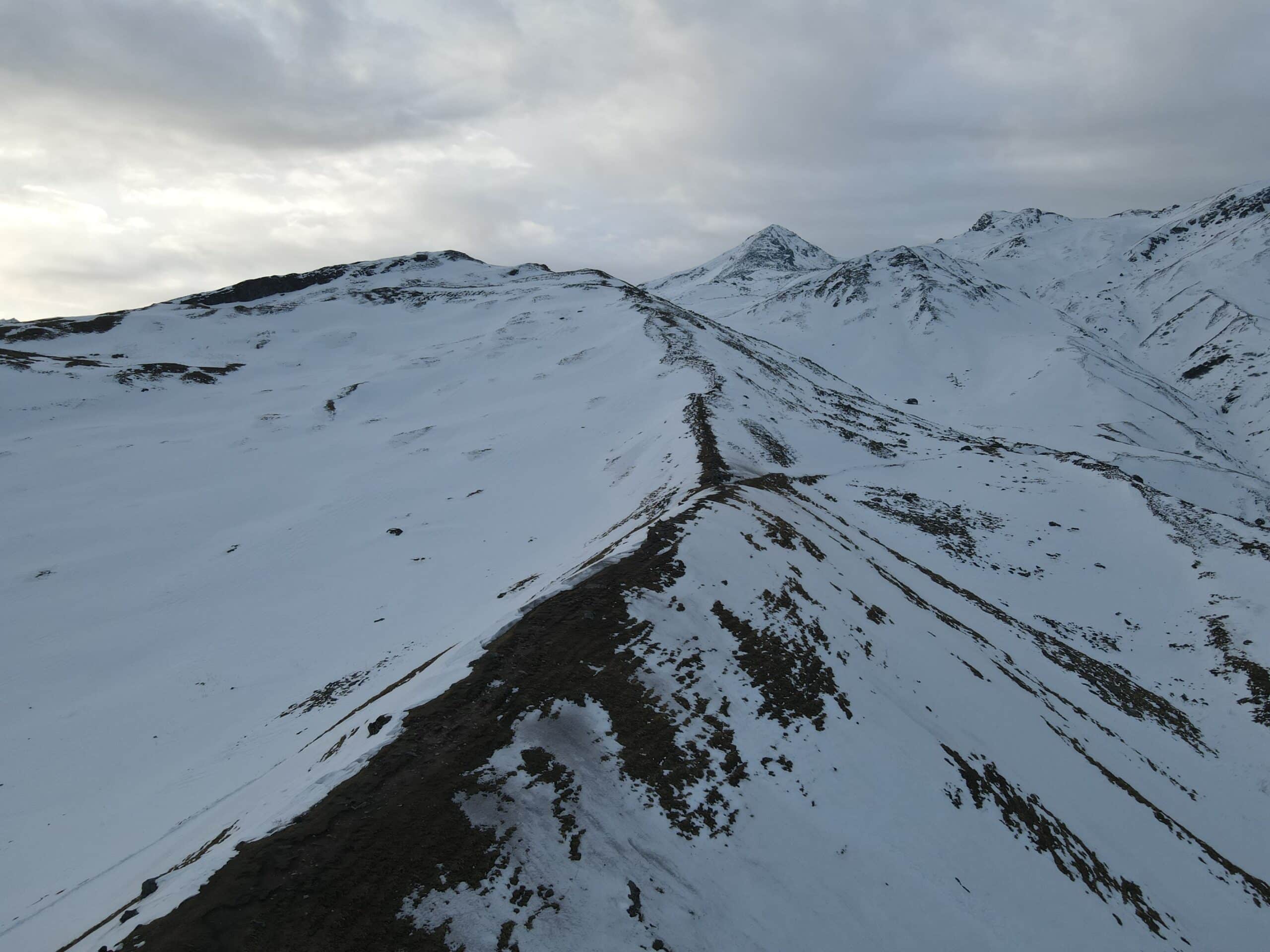Why You Should Do Kedarkantha Trek
Kedarkantha Trek is fringed with pine trees and decked with the prettiness of snow, and Peak is often considered the best snow-trekking destination across the globe. This trek is in Govind Wildlife National Sanctuary Park of Uttarkashi, with mesmerizing, picturesque views of rich forests and scenic river valleys. This Valley is also known as the upper valley of Garwal, and villagers in this area have lived here since the Mahabharata Period.
Kedarkantha name: The reason for calling it Kedar Kantha. The villagers rumor that 1st they first tried to build a Kedarnath temple at that peak, but they heard some animal sounds, which meant an omen for a divine event. Until then, they constructed Lord Shiva’s statue to the neck; the channel is called Kanth in Hindi. Lord Shiva has a lot of names, and Kedar is one of them. This is the reason why it is known as Kedarkantha.
Forest: As this place lies in the Govind Wildlife National Sanctuary in the Himalayas of Uttarakhand, you can witness the dense Coniferous and Pine forests. Get enthralled by the beautiful Oak tree forest around Kotgaon. After crossing Dhoka campsite, you will pass by rhododendron trees.
Beauty and Adventure: You experience the perfect blend of beauty and adventure, like Lavish green pasture, colorful flowers, thick forest with snow-covered peaks, and walking on snow slopes.
Wildlife: This trek is exciting because you can see Himalayan Languor, Boars, and Hares along with Martens in the Juda Ka Talab region. Govind Wildlife National Sanctuary has various other animals that you might get to see on this trek, like the Himalayan Blue Sheep, Himalayan Serow, Himalayan Crestless Porcupine, brown-haired thar, and the Himalayan Snow Leopard.
Snow Peaks: Formidable-looking peaks covered with snow blanket, like Bandarpoonch, Swargarohini, Kala Nag, Gangotri, Yamunotri, and Ranglana. Once you begin your trek from Dhoka, you will see the peaks of Jaonli, Draupadi Ka Danda, and Jorkanden.
Tatalona Meadows: When you trek From Khujaai to Dhoka, you will pass by the pristine vistas of Tatalona meadows. “Dhoka” in Garwali means “meadows with a big boulder,” which perfectly suits the Dhoka campsite as it has vast fields and giant boulders.
Mythology: There is a lake called “Juda Ka Talab,” which is believed to be where Lord Shiva had opened a small lock of his hair, and water dripped from his hair, forming this vast lake. Judan Ka Talab Lake is highly scenic, with an alpine lake on one side and a pine forest on the other.
for booking and more information
Share this article
Want To Trek Like Pro?
Check out the following videos if you want to trek like a pro trekker and improve your skills. These videos contain helpful tips, tricks, and techniques to help you trek like a pro. Whether you’re a beginner or an experienced trekker, these videos can provide valuable insights to enhance your trekking experience. So, watch the videos below by Trekup India experts to take your trekking skills to the next level.







Know Everything About Acute Mountain Sickness
Acute Mountain Sickness is a medical condition that can occur when individuals travel to high altitudes, typically above 8,000 feet. It is caused by the decrease in air pressure and oxygen levels in the air as altitude increases. Symptoms of Acute Mountain Sickness may include headache, nausea, vomiting, dizziness, and difficulty sleeping. To avoid Acute Mountain Sickness, it is important to gradually adjust to high altitudes and seek medical attention if symptoms worsen. To learn more about this condition, check out the videos by Trekup India.









